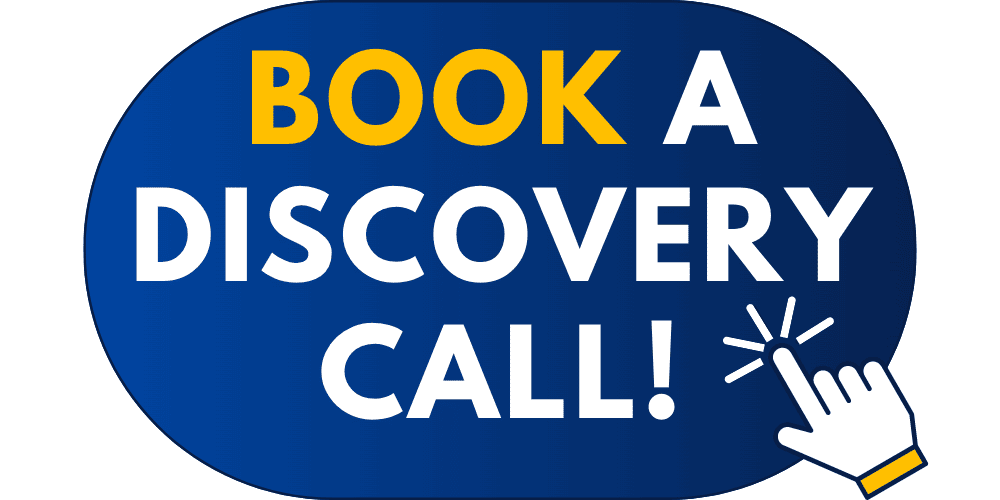
Imagine this: You’re standing in front of a room full of eager faces from around the globe, ready to deliver a presentation that could make or break your project. Cross-cultural presentation skills are crucial in this moment.
As a cross-cultural communication strategist, I’ve been in this exact spot countless times. Here’s my journey—and the lessons I’ve learned along the way—to help you master the art of presenting to diverse audiences.
Presenting to a global audience can be daunting, but it’s also a thrilling opportunity to connect across cultures. The first step? Embrace the cultural dynamics at play. By understanding your audience’s cultural backgrounds, you can tailor your approach to ensure your message resonates. Sharpening your cross-cultural presentation skills isn’t just about avoiding missteps—it’s about turning those nuances into powerful communication tools. When you get it right, your message won’t just be heard; it will be felt and understood.
Next, dive into analyzing the communication styles of the cultures in your audience. For example, some cultures appreciate a direct approach, while others prefer subtlety and indirect methods. This analysis is crucial for honing your cross-cultural presentation skills. By understanding these preferences, you can adapt your message to meet your audience’s expectations, ensuring your communication is both effective and impactful.
Adapting your presentation style to fit the cultural context is where your cross-cultural presentation skills truly shine. This could mean tweaking your tone, adjusting your pace, or even restructuring your presentation. By making these adjustments, you keep your audience engaged and receptive, no matter their cultural background.
I remember the first time I presented to an international audience. My slides were vibrant and colorful, filled with symbols I thought were universally positive. To my surprise, my carefully chosen red accents, meant to highlight key points, caused confusion. In China, red symbolizes good luck, but in the United States, it often signals caution or danger.
This experience taught me a crucial lesson about cross-cultural presentation skills. The visual elements of your presentation can either bridge cultural gaps or widen them. When you enhance your presentation skills through a cross-cultural lens, every image, color, and symbol must be chosen with care. To ensure your message is clear and well-received, use visuals that are universally understood or specifically tailored to your audience’s cultural context. By doing so, you’ll avoid misunderstandings and create a more impactful and engaging presentation.
The visual lesson was a game-changer, but it wasn’t the only one. During another international presentation, I confidently sprinkled my speech with idioms and jokes that always got laughs back home. This time? Blank stares. My humor and idiomatic expressions didn’t translate, leaving my audience confused.
This experience underscored another critical aspect of cross-cultural presentation skills: the power of language. While language is a powerful tool, it requires careful handling when addressing a multicultural audience. Avoid idioms, slang, and humor that might not cross cultural boundaries. Instead, opt for clear, simple language that conveys your message effectively and minimizes the risk of misinterpretation.
I also learned that if you’re presenting in a language that isn’t your native tongue, learning a few key phrases in your audience’s language can go a long way. It shows respect and helps build rapport, making your audience feel valued and more engaged with your message. This simple gesture can bridge cultural divides and create a more inclusive and impactful presentation.
Mastering cross-cultural presentation skills transforms you from a speaker into a global connector. Picture this: You step onto the stage, not just to deliver a message, but to bridge worlds. By diving deep into the cultural nuances, you’re not just avoiding missteps; you’re turning them into moments of powerful connection.
Take the time I used vibrant slides in an international presentation. My red highlights, which symbolized urgency in the U.S., confused my Chinese audience where red signifies good luck. Or the time my humor, peppered with idioms, fell flat in a room full of international delegates, teaching me the importance of clear, simple language.
These lessons underscored the true essence of cross-cultural presentation skills: understanding your audience’s cultural context, adapting your style, and choosing visuals and words with care. It’s about making your audience feel heard, respected, and engaged.
As you embrace these skills, you’ll find yourself not just presenting but truly connecting, turning every presentation into an opportunity for global collaboration and understanding. So next time you stand before a diverse audience, remember—you’re not just a presenter. You’re a bridge-builder, a connector of worlds, ready to create lasting impacts and open doors to new opportunities.
And for a deeper dive into mastering global communication, grab a copy of my book Uncover Your Message: The 3-Step Process for Presenting Your Ideas Effectively and Persuasively, Globally and Locally. It’s packed with strategies to enhance your global presence. Get it here: Buy the Book.



